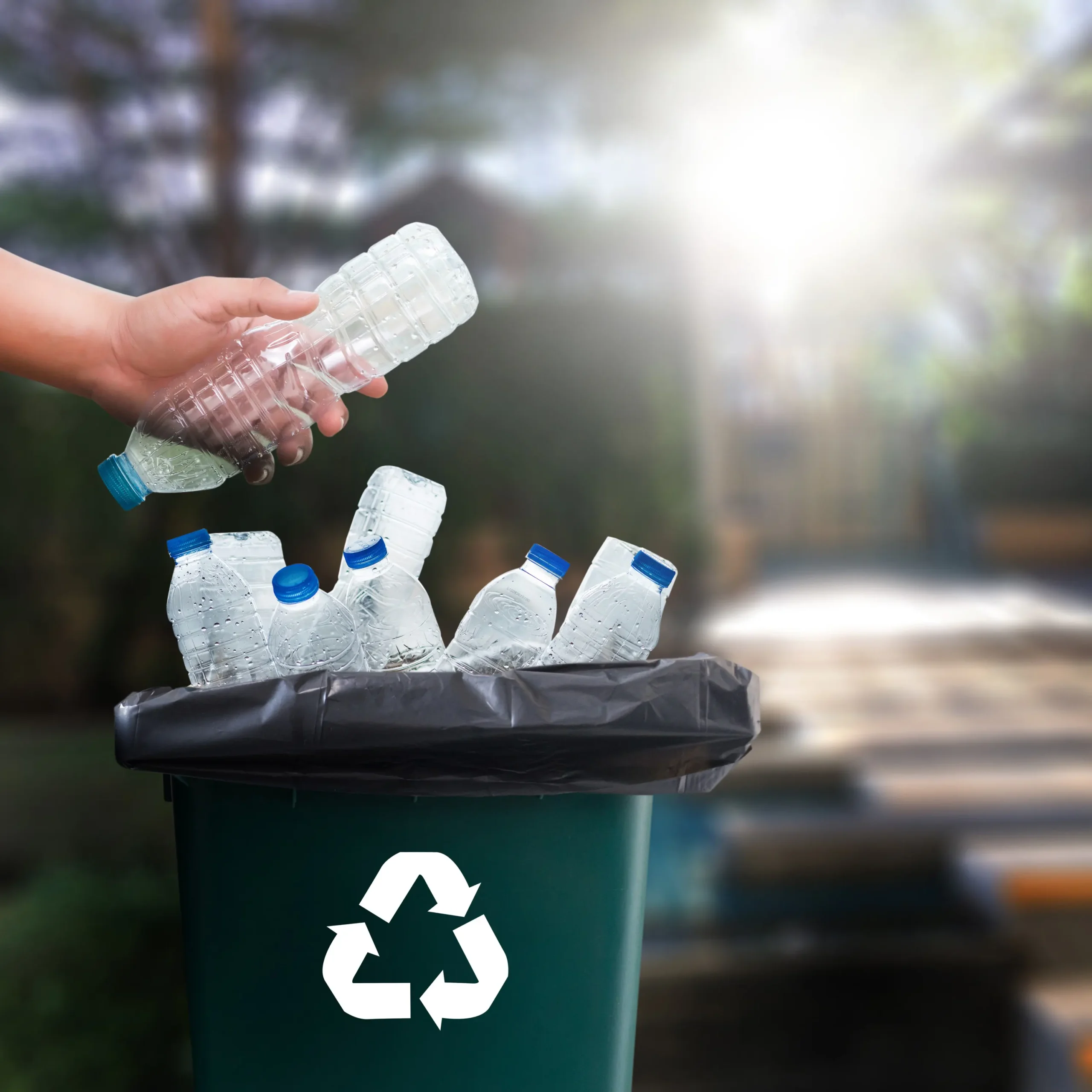
Polypropylene, commonly referred to as PP, is a widely used plastic found in packaging, automotive parts, household items, and textiles. Due to its versatility and durability, it is produced in large quantities, which also leads to significant waste accumulation. PP recycle is crucial for reducing environmental impact and promoting sustainable resource management. Advanced recycling processes transform discarded polypropylene into reusable materials, conserving resources and reducing the burden on landfills and natural ecosystems.
Collection and Sorting of PP Waste
The recycling process begins with the collection and sorting of PP waste. This step is critical, as the quality and cleanliness of the collected material directly impact the efficiency of subsequent processes. PP items are gathered from residential, commercial, and industrial sources. Sorting involves separating polypropylene from other types of plastics, metals, and contaminants. Modern recycling facilities often use automated sorting technologies such as optical sensors, air classifiers, and density-based separation systems to enhance accuracy and reduce manual labor.
Cleaning and Preparation
Once sorted, PP waste undergoes thorough cleaning to remove dirt, labels, adhesives, and residual contents. This step is essential because contaminants can compromise the quality of recycled products. The cleaning process may include washing with water, detergents, or specialized chemical solutions. After washing, the plastic is dried and prepared for further processing. In some cases, pre-treatment such as shredding or grinding into smaller pieces is applied to improve handling and facilitate the next stages of recycling.
Mechanical Recycling of PP
Mechanical recycling is the most common method for transforming PP waste into reusable resources. In this process, cleaned and shredded polypropylene is melted and reformed into pellets or granules. These recycled pellets can then be used as raw material in manufacturing new plastic products. Mechanical recycling retains the polymer’s properties while enabling it to be reused multiple times. It is cost-effective and suitable for a wide range of PP products, from containers and packaging to automotive components.
Chemical Recycling for Advanced Recovery
For PP waste that is difficult to process mechanically, chemical recycling offers an alternative solution. Chemical recycling breaks down polypropylene into its basic monomers or other chemical compounds through processes such as pyrolysis or depolymerization. These compounds can then be purified and re-polymerized to produce new PP materials with properties similar to virgin plastic. This method expands the range of recyclable PP waste and helps recover materials that would otherwise be lost in landfills or incineration.
Applications of Recycled PP
Recycled PP has diverse applications across industries. It can be used in the production of packaging materials, furniture, automotive parts, textiles, and construction materials. Recycled PP also contributes to reducing greenhouse gas emissions by decreasing the need for virgin plastic production, which relies on petroleum-based resources. By incorporating recycled PP into products, manufacturers promote circular economy practices, supporting sustainability and resource efficiency.
Challenges in PP Recycling
Despite advancements, PP recycling faces several challenges. Contamination with other plastics, food residues, or hazardous substances can lower the quality of recycled material. Additionally, some polypropylene products, such as multilayer packaging, are difficult to recycle mechanically due to their composition. Addressing these challenges requires ongoing research, improved collection systems, and public awareness campaigns to encourage proper disposal and segregation of PP waste.
Conclusion
PP recycling processes play a crucial role in transforming plastic waste into valuable, reusable resources. From collection and sorting to mechanical and chemical recycling, these methods enable the recovery of polypropylene while reducing environmental impact. By overcoming challenges and improving recycling practices, it is possible to create a sustainable system where PP waste is continuously repurposed, supporting a circular economy and contributing to a cleaner, healthier planet.

